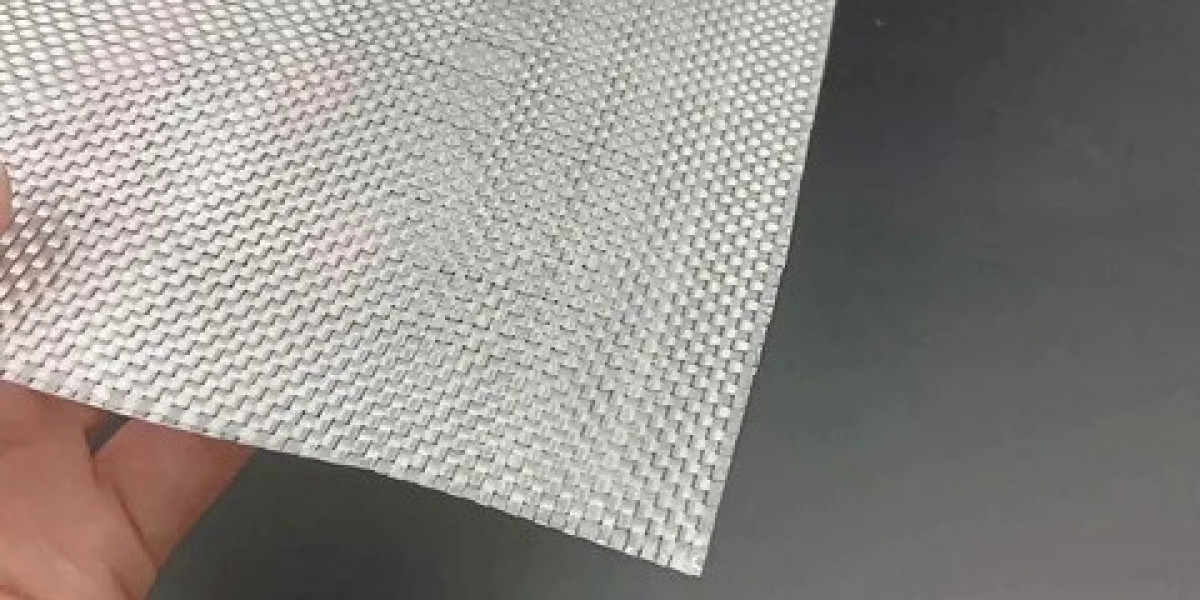Glass Fibre Reinforced Plastic (GFRP) composites are gaining significant traction across various industries due to their superior strength, lightweight properties, and corrosion resistance. As the global demand for sustainable and high-performance materials increases, the Glass Fibre Reinforced Plastic (GFRP) composites market is expected to witness substantial growth in the coming years. Key sectors such as aerospace, automotive, construction, and renewable energy are driving this expansion, fueled by ongoing technological advancements and increasing investment in composite manufacturing.
Market Growth and Key Drivers
The GFRP composites market is experiencing steady growth, with increasing adoption across multiple industries. Some of the primary factors influencing this growth include:
Rising Demand in Automotive and Aerospace Industries
- Automotive manufacturers are integrating GFRP composites to reduce vehicle weight and enhance fuel efficiency.
- Aerospace companies use these composites for aircraft structural components due to their high strength-to-weight ratio.
Infrastructure and Construction Boom
- GFRP composites are widely used in bridges, tunnels, and building structures due to their corrosion resistance and durability.
- Governments worldwide are investing in smart infrastructure projects, boosting market demand.
Renewable Energy Expansion
- The wind energy sector increasingly relies on GFRP composites for turbine blades, improving efficiency and longevity.
- The push for sustainable materials is driving research and development in composite applications.
Technological Innovations
- Advancements in manufacturing processes, such as automated fiber placement and resin infusion, are enhancing product quality.
- Development of hybrid composites combining GFRP with carbon or aramid fibers is further expanding market potential.
Challenges and Market Constraints
Despite the promising growth, the GFRP composites market faces several challenges:
- High Initial Costs: Production and raw material costs remain high, limiting adoption in cost-sensitive industries.
- Recycling and Environmental Concerns: GFRP composites are difficult to recycle, raising sustainability issues.
- Competition from Other Composite Materials: Carbon fiber and natural fiber composites offer alternatives, influencing market dynamics.
Future Outlook and Opportunities
The future of the GFRP composites market looks promising, with several emerging trends shaping its trajectory:
- Expansion in Electric Vehicles (EVs): The increasing production of EVs requires lightweight materials, positioning GFRP composites as a key component.
- Smart Composites Development: Researchers are working on self-healing and sensor-integrated GFRP composites for advanced applications.
- Market Penetration in Emerging Economies: Countries in Asia-Pacific, Latin America, and the Middle East are witnessing increased adoption, driven by industrialization and infrastructure projects.
Conclusion
The Glass Fibre Reinforced Plastic (GFRP) composites market is poised for significant growth, driven by increasing demand across industries such as automotive, aerospace, construction, and renewable energy. While challenges like high costs and recycling limitations persist, technological advancements and sustainability initiatives are expected to unlock new opportunities. As industries continue to prioritize lightweight, durable, and high-performance materials, the market potential for GFRP composites remains strong in the years ahead.







